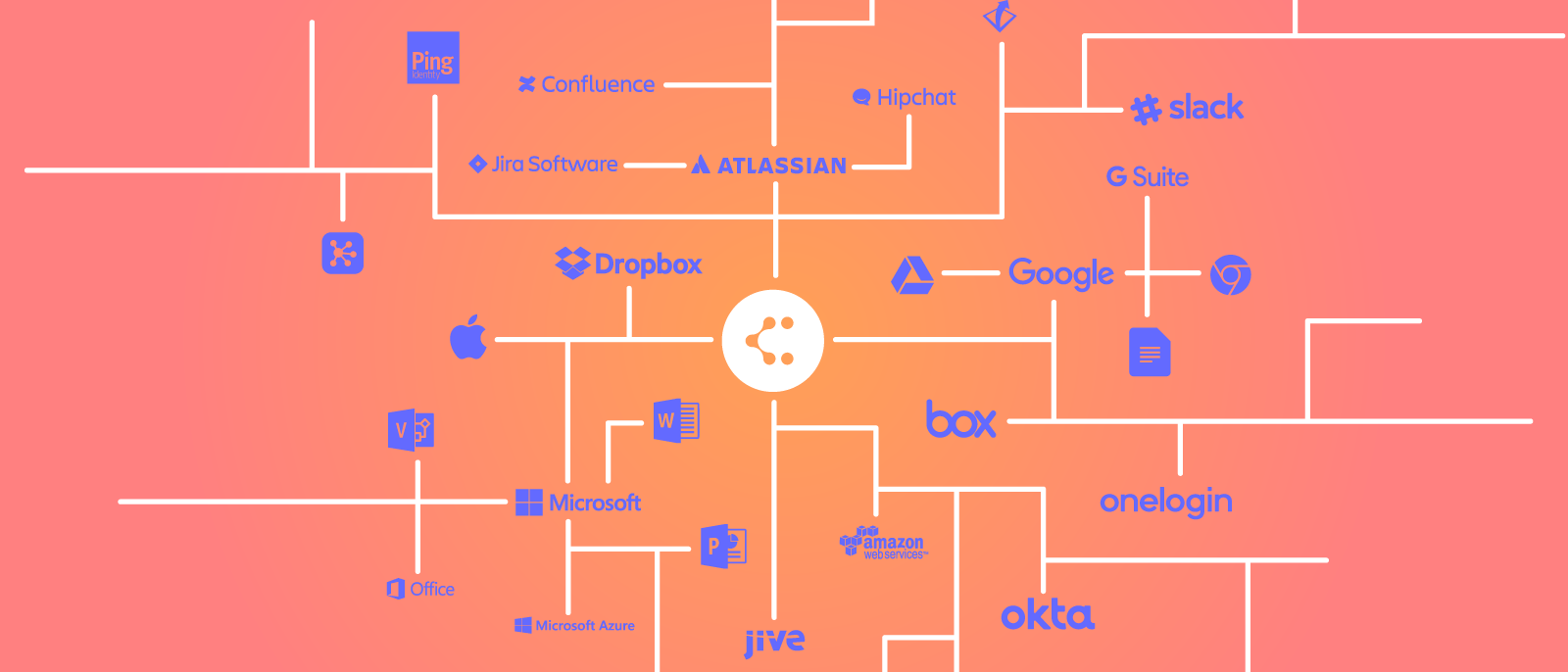
Getting Started in Lucidchart: Publish, Export, and Integrate
Angie Mecham
Reading time: about 2 min
Topics:
Our previous posts showed you how to create your first diagram in Lucidchart and how to share your documents and collaborate with your colleagues in real time. When it comes time to distribute the visuals you have created, Lucidchart works everywhere you work.
You can publish, print, or export your Lucidchart document in a variety of formats—and you can even include your diagrams in the applications you use daily.
Browse through the videos below to discover how you can put your diagram to work wherever you need it.
Export a PDF or print your diagram
If you have ever fought to get your work centered on a single page or export your diagram with a transparent background, we have you covered. See how to export or print your Lucidchart documents in your preferred format.
Add your diagram to other applications
Lucidchart integrates with dozens of other applications such as G Suite, Microsoft Office, Confluence, and Jira. Explore how to include visuals within your favorite apps with the videos linked below.
G Suite
Google Drive
Google Docs
Google Sheets
Google Slides
Microsoft
Atlassian
Discover how integrations can transform your business
You can increase the impact of your Lucidchart diagrams and documents when you embed them in the applications and tools your company uses daily.
Why are we so sure?
We have seen customer after customer take advantage of these integrations to improve their businesses. For example, Dan Marma at Okta communicates complex solutions to his clients by including Lucidchart diagrams directly in client proposals in Google Docs or Word.
Other customers have created interactive presentations by embedding Lucidchart diagrams in PowerPoint and then using hotspots to activate different layers in the diagram or link to external resources.
We also see a lot of customers use our Slack integration to create virtual whiteboards for teams to work on ideas and collaborate remotely.
Here at Lucidchart, we’ve created diagrams for everyday business procedures, such as flowcharts that map out our recruiting process, sales dashboards, diagrams for scoping product sprints, and storyboards and sitemaps for marketing projects. Many of these diagrams are created in Lucidchart and then housed on Confluence pages so other Lucidities can easily search, view, and share them.
Try adding diagrams to your favorite applications today. We bet you’ll be surprised by how much they aid communication, understanding, and efficiency among team members, clients, leadership, or any number of other audiences.
About the author

Angie Mecham has spent a lot of time studying diagrams since joining Lucidchart as a product education manager in 2017. When she’s not training Lucidchart users, she enjoys hiking in the Blue Ridge Mountains, drinking too much coffee, and writing fantasy novels.
About Lucidchart
Lucidchart, a cloud-based intelligent diagramming application, is a core component of Lucid Software's Visual Collaboration Suite. This intuitive, cloud-based solution empowers teams to collaborate in real-time to build flowcharts, mockups, UML diagrams, customer journey maps, and more. Lucidchart propels teams forward to build the future faster. Lucid is proud to serve top businesses around the world, including customers such as Google, GE, and NBC Universal, and 99% of the Fortune 500. Lucid partners with industry leaders, including Google, Atlassian, and Microsoft. Since its founding, Lucid has received numerous awards for its products, business, and workplace culture. For more information, visit lucidchart.com.
Related articles
Getting started in Lucidchart: the basics
Ready to learn the basics of diagramming in Lucidchart? You’re in the right place. Take 15 minutes to review our tutorials and become a Lucidchart pro.
Getting Started in Lucidchart: Sharing and Collaboration
Lucidchart was built for collaboration from the start. If you're new to the product, learn how you can share your Lucidchart documents, work with others in real time, share documents outside of Lucidchart, and embed your diagrams on another website.
